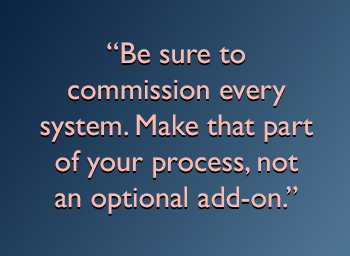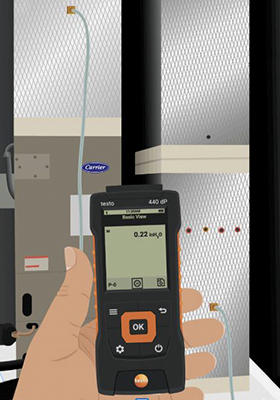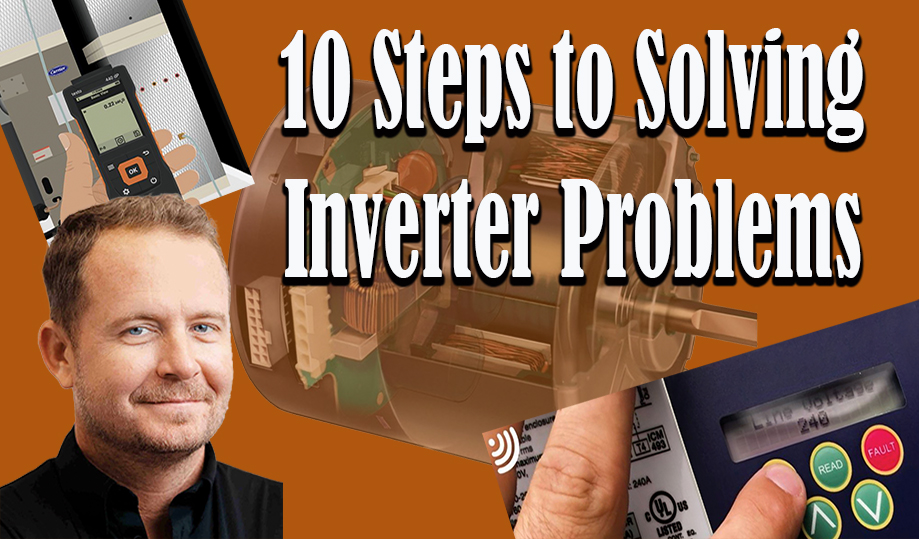I prefer using ground stands and maintaining a bit of distance between the unit and the building. It’s a cleaner installation, runs quieter, and is often easier to service.
Scales Aren’t Optional
Look, I used to think I had a “calibrated elbow.” I could guess within half a pound how much refrigerant I added. Turns out I was wrong. If you’re not weighing in your charge — especially with inverter and ductless systems — you’re flying blind. Suction pressure tells you almost nothing with these units.

Make it standard to photograph the weight before and after. This action is vital for ductless and inverter systems with accumulators. Charge slowly, let the system stabilize, and understand that inverter systems often have longer adjustment periods. Impatience leads to overcharging — I’ve done it, and you probably have too.
Today, we use a geotagged scale as part of our commissioning workflow. Not because we don’t trust our team, but because accountability builds consistency.
When in Doubt, Weigh It Out
This one’s simple. If you’re unsure of the charge, weigh it out. Don’t guess. Don’t rely on pressures or line temperatures alone. Especially on ductless multi-head systems, it’s shockingly easy to overcharge if you’re still hunting suction pressure like it was 1999.
We had one tech add 20 lbs. of extra 410A into a system because he didn’t understand what the numbers were telling him. That’s a very expensive mistake. Taking 10 minutes to train that tech could have avoided it.
Vacuum and Nitrogen Are Non-Negotiable
I don’t care what your old-timer installer says. Today’s POE oils are solvents — they strip oxides off the inside of the tubing and send them downstream. If you’re not flowing nitrogen while brazing, you’re going to foul up screens and metering devices, especially in inverter systems with fine control logic.

inverter system issues, you
really need to pay attention
to airflow. Graphic above
courtesy of HVAC School.
And no, you don’t need a fancy nitrogen regulator. Teach your crew how to use a standard T-handle to get just a whisper of flow. Give them the tools and the training. Same for vacuum. Get below 500 microns and verify with a clean micron gauge. If your team says they “ran out of batteries,” just nod and hand them a new pack. No judgment. Just fix the process.
Don’t Blame the Tech — Fix the Process
Most installation errors aren’t about laziness — they’re about missing steps, poor setup, or vague expectations. You can’t tell a tech, “Just follow the manual,” if you didn’t read the manual first. If your guy wired the base pan heater wrong, that’s not all on him — it’s on the person who failed to build a system-specific checklist.
At Kalos, we’re leaning more into job-specific protocols. Not just checklists — actual install strategies built for that model, that application. Yes, it takes time up front. But the fewer callbacks, the fewer sleepless nights.
This Stuff Is Supposed to Be Hard — But It’s Worth It
Here’s the deal: Inverter systems are smarter than we are. They adapt, shift, and respond to things we can’t even see unless we’re measuring total system performance. But the thing is, they’re only as good as the installation, the charge, and the airflow.
That’s why High-Performance HVAC™ isn’t just a buzzword. It’s a philosophy. You don’t throw in a 30 SEER system and call it a day.
You match the load, test your ductwork, verify Delta Ts, measure static, weigh the charge, document every step, and then come back six months later to re-test. Why? Getting it right is the point.
Click Below for the Next Page:













Great Article! I will use it to reinforce to our techs that what we do over here is what you do as well to make sure inverter systems and single/2-stage systems work as they should and to ensure customer satisfaction is exceeded.